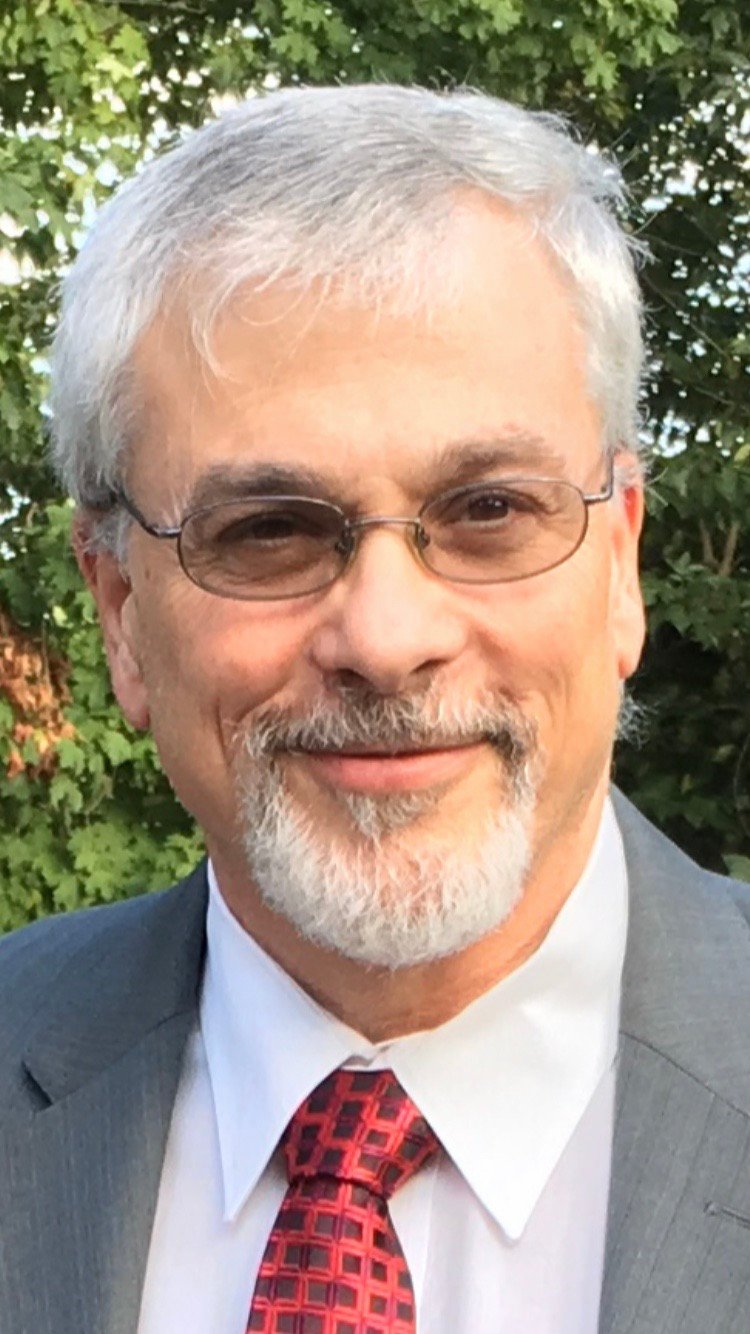David Feldman takes readers back to old Valley Stream
Today’s Valley Stream is a quiet, pleasant home to a culturally diverse population, with four of Long Island’s majority-minority school districts.
The Valley Stream of today feels a world away from the one David Feldman grew up in on Bayview Avenue in the tumultuous years of the 1960s and ’70s.
The cozy, suburban village was not immune to the nation’s growing racial strife. Feldman remembered when a Black family moved into his neighborhood for the first time. They weren’t met with a warm welcome.
Feldman, 65, who now lives in Long Beach, wrote a book about it. He wrote several other books, but this one is different. Inspired by his real town, unlike some of his other more fictionalized work, “The Neighborhood” follows the stories of four families, including the first Black family, the Thomas family, in the area of Valley Stream where he grew up. The children in the families also go to an actual Valley Stream high school — Valley Stream South High.
Feldman said that when the family moved into his neighborhood in 1973, he claims it set off a “bit of a reaction” that unsettled some neighbors. The book has aspects of real-life experiences of ostracization, and alienation built into his fictional characters’ lives.
Feldman cites a New York Times report that detailed one of the darkest chapters of the village’s history, when the community was rocked by the appearance of a crude wooden cross set afire on the front lawn of a Black family that had recently moved to Woodlawn Avenue on Aug. 15, 1979. Residents reportedly offered their condolences to the family, condemning the hate crime.
“What happens in the book is a little bit different, but there is a reaction to the families moving into the neighborhood,” Feldman said. “The kids face challenges on the way to and at school. They’re accosted and hassled.”
The book is written in the third-person limited point of view, telling the story from one character’s perspective at a time, but jumping from the mind of one character to another, from family to family to include all of their similar yet different experiences, in the hopes of capturing the distilled emotion of what racial integration was like through a fictionalized, dramatic lens.
To Feldman, the main character, though, is named J.J. Welles, who is white. He ends up beginning a relationship with Elly, a young woman in the Thomas family.
“With the main family, the matriarch, the grandmother, her name is Makayla,” Feldman said. “When they move in, she says ‘we’re going to do something about this and put our best food forward.’ Everyone thought she meant foot, as the saying goes, but she said they’re going to have parties and invite our neighbors and get to know them.”
Sometimes, with books that revisit the past, authors conduct interviews to learn about what happened. Feldman, growing up in Valley Stream during the times in the book, goes solely off his and his brother’s memories. He wanted to stick with his memories, but his brother reminded him as he was writing that their mother did something similar to Mikayla. He added that the aim of the book should be about the pitfalls and opportunities of bringing people together despite the worst displays of human nature. He buried that moral message in his subconscious while writing and it surfaced in his book.
This is the first book in what he plans for a series that follows the characters’ lives. He loves to tell the story of people and shows that as people live their lives, their ideas can change.
“My purpose was to write a book that people will enjoy but also to see that people grow and change and any racist ideas that might have occurred can fall away in light of the truth of what people are really like,” Feldman said.

 50.0°,
Overcast
50.0°,
Overcast 




